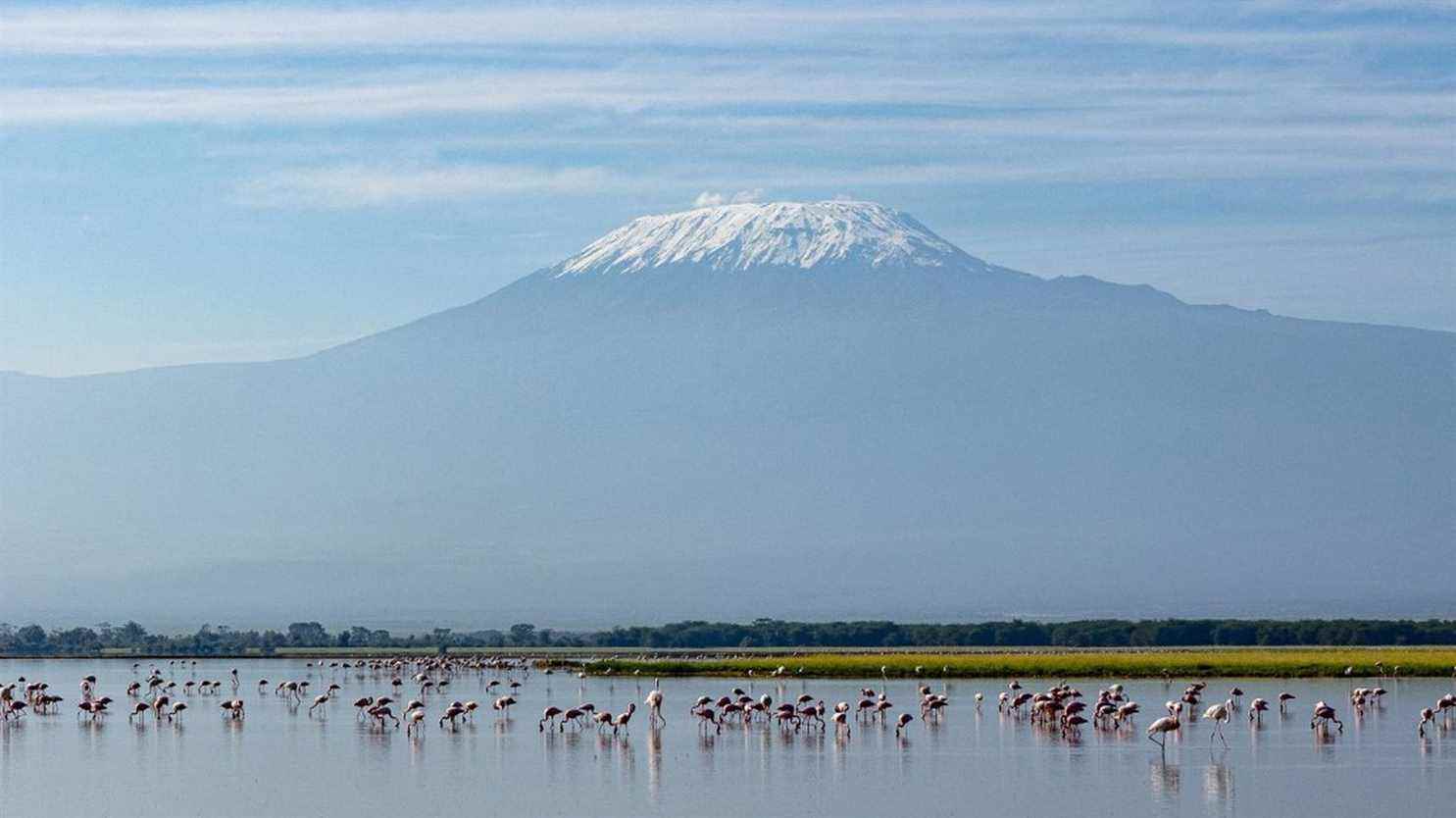The project has been under discussion for a few years without it being known whether it will see the light of day or not. However, speaking a few days ago, the Tanzanian Minister of Natural Resources and Tourism Damas Ndumbaro revived the case. According to him, the project (desired by his ministry) is indeed a government objective, even though Prime Minister Kassim Majaliwa was more reserved during an address to the project leaders. “You have an arduous task of convincing the government on the project”, did he declare. Clearly the carrots are not cooked.
According to unofficial figures, 56,000 tourists climb Mount Kilimanjaro each year. This generates a turnover of 50 million dollars, and the hikers in particular support porters and mountain guides from the local populations.
Kilimanjaro 2022 safely completed. Would be impossible without the titanic work of Tanzanian porters carrying ~20kg up 5895m. Thank you @EarthsEdge for opening the world to us #ExpeditionMedicine #Tanzania pic.twitter.com/AAdbDqwJK6
— Nicola Cochrane (@feminabrevis) February 28, 2022
(Translation : “Kilimanjaro 2022 completed without damage. It would have been impossible without the titanic work of the Tanzanian porters, who carry a load of 20 kilos to 5 895 meters above sea level.”)
Earth’s Edge, tour operator specializing in treks, specifies : “Kilimanjaro is not a summit that you can climb alone. It is mandatory to climb with a guide, and porters for your equipment.”
There are seven possible routes of ascent, from the least difficult to the most difficult, to reach the summit (Uhuru Peak) located at 5 895 meters of altitude of this mythical solitary mountain of Africa. The “Kili” is not a demanding peak according to specialists. It is often the first high altitude summit achieved by trekkers. There they learn to manage the lack of oxygen linked to the altitude and to walk over the long term (six days).
The route of the cable car would follow the Machame route, the most popular, which climbs steadily through different landscapes, from rainforest to glaciers. The fifteen planned cabins would start from altitude 1 800, at Machame trail entrance, but would not summit, stopping at elevation 3 700 on the volcanic plateau of Shira, arid and austere. The bill is estimated at $72 million.

This is the main criticism of the project. Break the myth of a virgin mountain, which is part of the prestigious circle of the Seven Summits, the seven highest points on the globe.
None of these mountains has a ski lift. “I have climbed Everest six times and know from experience why tourists choose Kilimanjaro and Tanzania. It is the pristine landscape of a unique and independent mountain”explains the Swiss Karl Kobler, director of a trekking agency.
The cable car opens Kilimanjaro to walkers, eliminating the difficulties. The route is also only interested in the sector of the tropical forest, stopping on the rocky plateau. However, the Tanzanian Ministry of Tourism sees no betrayal in this. It is a question of offering elderly or disabled tourists, but also non-athletes a bit of mountain. Enough to increase visits and of course tourist receipts. A study conducted in 2019 showed that such an infrastructure would increase the number of tourists in Tanzania by half.
“Kilimanjaro will lose its reputation as a great and beautiful wonder, becoming instead a cheap and easy distraction without consequence”says a travel agent based in the United States.

In Zermatt, Switzerland, 425 000 tourists climb the Matterhorn Glacier Paradise every year thanks to an ultra-modern cable car since 2016. “The attractiveness of Matterhorn Glacier Paradise as an excursion destination is increased accordingly, not only for skiers and mountaineers, but also for visitors simply wishing to appreciate the magnificent panorama”explains the website.
This is the issue. Open Kilimanjaro to everyone at the risk of making it an amusement park or keep it in its wild setting and reserve it for the most seasoned.
